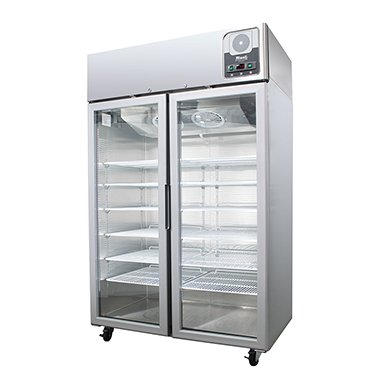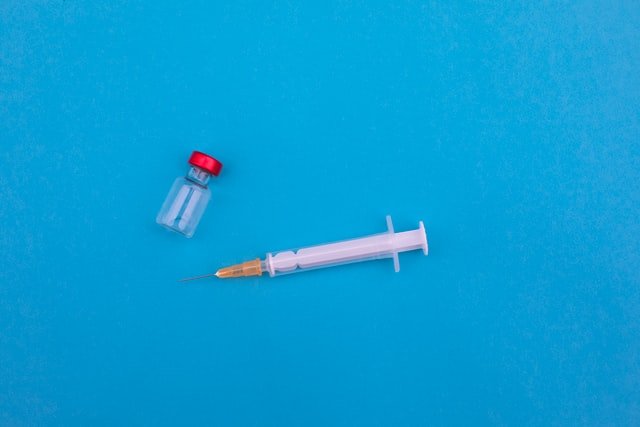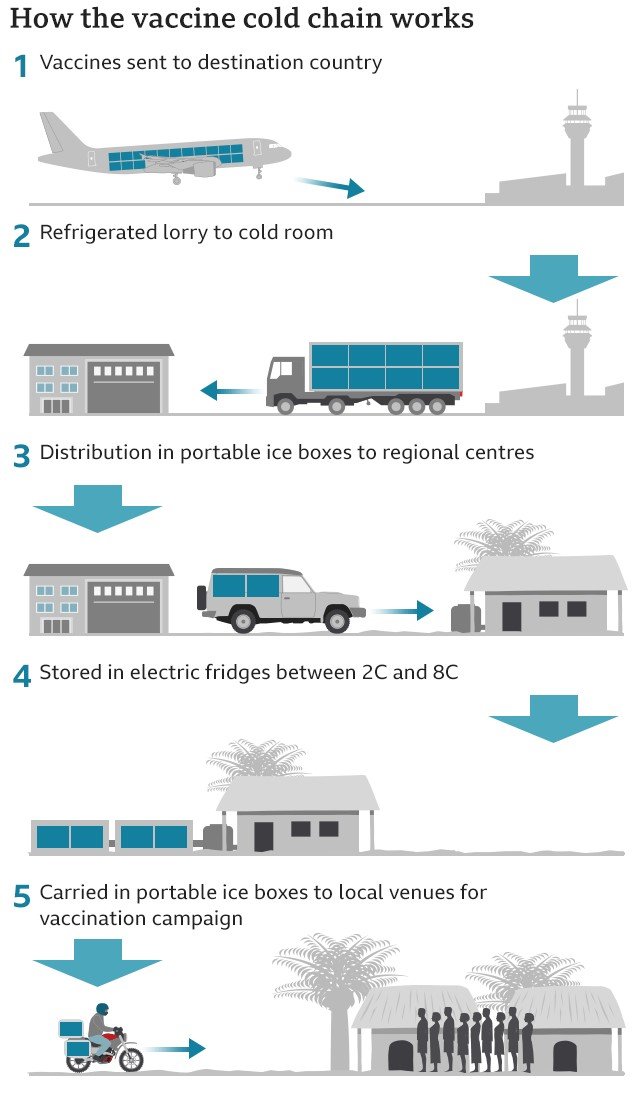Vaccine Fridge Performance Test
Health professionals have a responsibility to ensure that clients receive effective health products, including vaccines that have not been adversely affected by heat or cold.
According to National vaccine storage guidelines – Strive for 5, 3rd edition 2019 Vaccines must be always stored and transported within the recommended temperature range of +2°C to +8°C — aim to store vaccines at 5°C. Most vaccines are destroyed by freezing, and some vaccines are also particularly sensitive to heat.
Vaccines are expensive and can be in short supply. The total financial value of the vaccines contained within one vaccine refrigerator can be significant.



What is a cold chain breach?
A ‘cold chain breach’ occurs when vaccine storage temperatures deviate outside the recommended range of +2°C to +8°C. The optimal storage temperature for vaccines is +5°C.All vaccine temperatures recorded below +2°C or above +8°C must be reported to your state or territory health department. This does not include temperature deviations or excursions in which the temperature reaches a maximum of up to +12°C for 15 minutes or less. Any deviation below +2°C must be reported.

Principles of safe vaccine storage management
Immunisation service providers must Perform vaccine storage self-audits at least every 12 months and more frequently if there have been problems with equipment or cold chain breaches. Monitor the temperature of vaccine refrigerators twice daily, or more if required and Ensure that plans are in place for responses to cold chain breaches and power failures in all facilities within the practice or organisation. (National vaccine storage guidelines – Strive for 5, 3rd edition 2019)
Pacific Medical Technology can provide you Vaccine fridge quality performance annual test using calibrated collecting data devices, to meet all requirements outlined by National vaccine storage guidelines – Strive for 5, 3rd edition 2019 and Queensland Health Clinical guidelines and procedures.

